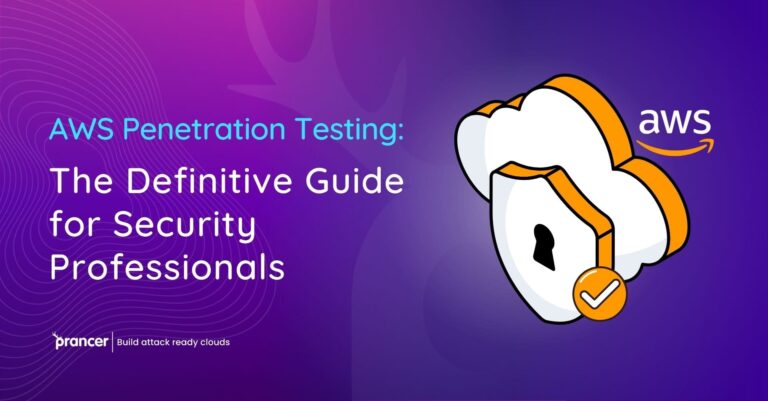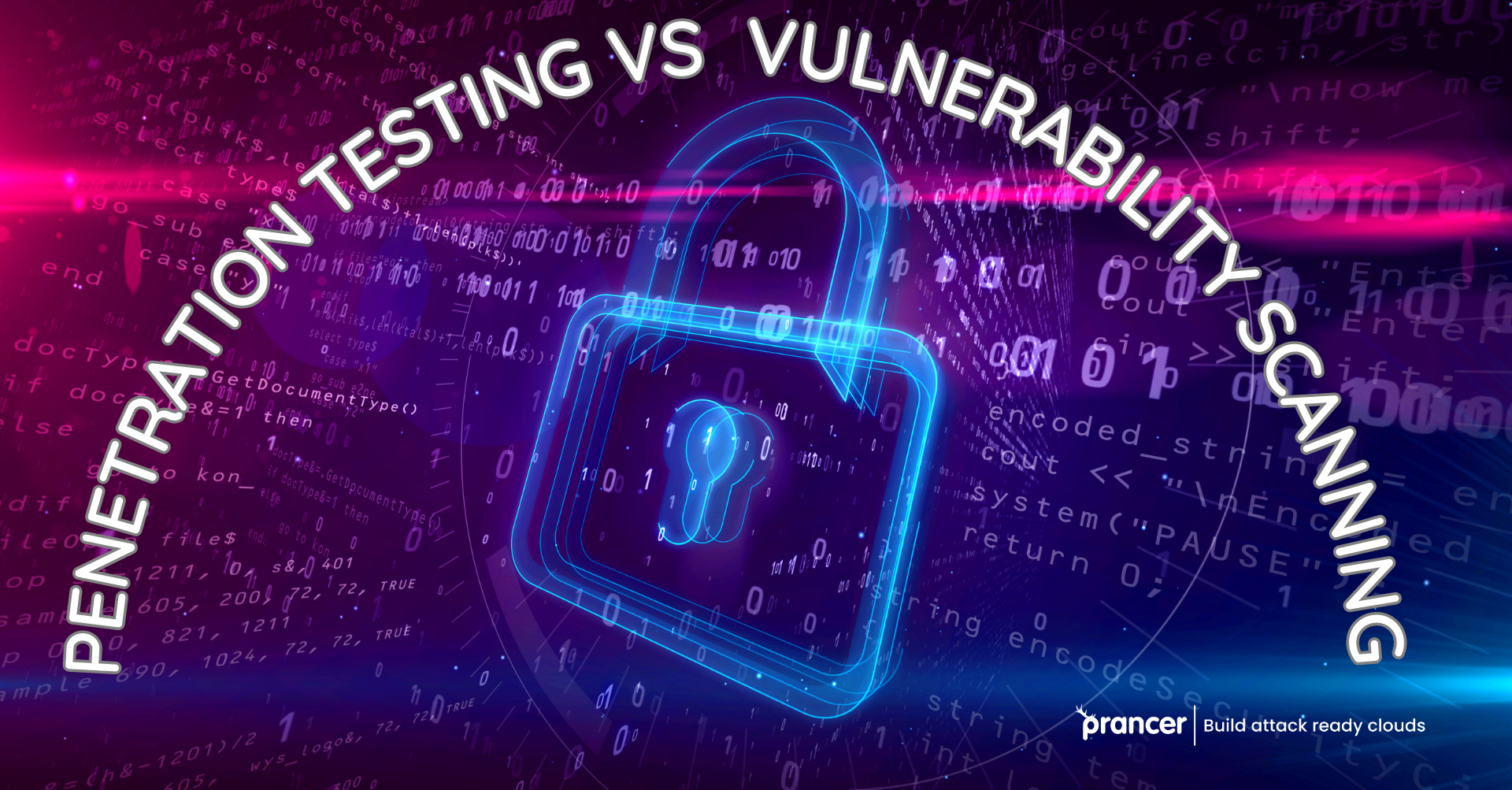

Cybersecurity threats and vulnerabilities are constantly being redefined in this changing environment. Risk management demands effective security measures to protect vital assets. Vulnerability identification methods such as penetration testing and vulnerability scanning are widely used. To help organizations determine which testing method best suits their security needs, this guide will go through these core differences between penetration testing and vulnerability scanning.
In the business environment of the future, automated penetration testing will be an important method that organizations regularly use to detect and remedy vulnerabilities quickly. Today’s forms of penetration testing have supplanted the old method, in which automation is used to deeply penetrate and secure all levels of digital space. This type was invented with one goal: securing mission-critical assets before new cyber threats emerge.
Penetration Testing:
Penetration testing is an aggressive, targeted method of assessing an organization’s security framework. It involves skilled individuals – penetration testers or ethical hackers – seeking to exploit weaknesses to gain unauthorized entry into systems, networks, or applications. This method aims to mimic real-world attacks and gauge the effectiveness of current security measures. The penetration testing approach offers a comprehensive appraisal of an organization’s defenses, reaching beyond mere vulnerability identification.
Vulnerability Scanning:
Contrarily, vulnerability scanning is a more automated and passive method of detecting vulnerabilities. It utilizes specific software or tools to scan systems, networks, or applications for recognized vulnerabilities. Vulnerability scanners hunt for standard security flaws, misconfigurations, and outdated software versions. Although vulnerability scanning gives a broad view of potential vulnerabilities, it doesn’t mimic real-world attacks or assess the exploitability or severity of identified weaknesses.
Scope and Coverage:
For a thorough examination, penetration testing attempts to actively exploit vulnerabilities. It expands the possible attack surface and predicts potential effects if a successful breach is achieved. Vulnerability scanning provides a more general overview of potential vulnerabilities, but probably won’t investigate specific attack scenarios.
Realism and Accuracy:
Penetration testing replicates an actual attacker; it provides a more reliable evaluation of how well-prepared the organization is. It helps to point out possible weaknesses that may not be discovered otherwise, except through active exploitation. Scanning is convenient for detecting known vulnerabilities, but may not do justice to the range and impact of potential security threats.
Compliance and Regulatory Requirements:
Few industries or regulatory structures require an organization’s security tests to include penetration testing. Penetration testing can show that standards have been met. Vulnerability may be a useful thing, but it doesn’t always pass muster for these types of compliance needs.
Prancer, a pioneer in advanced cloud security solutions, understands that both penetration testing and scanning are important components of a comprehensive strategy. Prancer’s platform combines the best of both methods, providing a comprehensive and customized solution for organizations.
With the Prancer project, organizations can take advantage of penetration testing services performed by expert professionals using leading industry tools and methods. Using this proactive approach, vulnerabilities are discovered and their potential impact can be assessed. Also, Prancer’s platform has scanning capabilities. Therefore organizations can get an entire view of all the potential security vulnerabilities and configuration problems they face.
Prancer’s penetration testing equipped with vulnerability scanning allows organizations to build up a strong and complete security picture. It provides fine-grained analysis of weaknesses, zeros in on what needs fixing first, and helps agencies anticipate problems before they hit.
Among the threats lying among digital shadows, however, organizations must fight to find their way through cyber security’s labyrinth. Among all this, it is necessary to maintain a tough defense against enemy assaults. In this world, the two shining knights are Penetration Testing and Vulnerability Scanning. Each possesses its own particular sword of protection. This guide explains the spirit and distinction of these two methodologies so that organizations can have a clearer course to choose their arsenal with consideration. Penetration Testing attacks its enemy with more direct, frontal methods where active testing is used to uncover security holes by simulating real world harmful strikes. Vulnerability Scanning on the other hand takes a less aggressive but no less attentive approach and scans around the walls of your digital fort knowing what weaknesses are there to be exploited. The latter, a war game waged against imagined foes, is the ultimate stress test for an organization: How well do those controls stand up in battle? The former, with its patrolling sentinels that have a sense of smell and superior eyesight to those designed by mankind, points up the weak spots. From this vantage point, you get an overview from which even vulnerabilities can be seen but without the clash of swords. The gist of choosing among these lies in one key factor: the kind and level of bespoke security exigencies, regulatory compliances, and threat simulations they want to simulate. The vigor of Penetration Test combined with the keen eye of Vulnerability Scanners, all wrapped in one neat package. Prancer becomes a trailblazer for cloud safety once again. With Prancer, organizations not only make use of the collective strength that is developed through simulated adversarial attacks but also keep a lookout for enemies behind their backs. Confronted by never ending cyber threats in the dark hallways of security challenges, an educated choice between Penetration Testing and Vulnerability Scanning or harmonization as Prancer has done might indeed be our best hope.
In the fast-moving area of internet security, teams need to carefully pick between checking for weaknesses and scanning for problems to keep their resources safe. Testing for breaking in, a good method uses hackers who act right to find weaknesses. They use tricks like real cyber attacks and check your safety carefully. On the other hand, scanning for vulnerabilities is a more automatic and wide method that finds well-known weak spots without trying to use them actively. This guide shows that you need a good plan that mixes deep testing like penetration testing with broad search skills of scanning for weakness.
Prancer, a big name in cloud safety tools, has come up with an advanced way that combines these two methods. Their platform lets groups gain from detailed penetration testing work and also use wide-ranging checking of weaknesses. This mix makes sure we have good protection all around. It helps companies find out, rank and handle weak spots properly. Prancer makes it easy for businesses to deal with online security problems. This keeps them safe from new threats that might come up.
In the age of digital advancement, Automated Penetration Testing emerges as one of the most important tools in cybersecurity strategy—a combination tool involving both human-guided ethical hacking and automated power. This type of approach allows organizations to perform an in-depth vulnerability assessment on the digital infrastructure, simulate cyberattacks and evaluate whether there is a need for changes that may improve overall security. As a leader in cloud security solutions, Prancer has Automated Penetration Testing available as one of its services that provides an advanced and streamlined way to protect vital digital assets.
Prancer’s Automated Penetration Testing is powered by a combination of innovative automation, creative attack scripting, and smart analytics to deliver an authentic evaluation of negative security breaches. This automated method simplifies the pen testing process besides providing ongoing security monitoring and efficiency. So, integrating Prancer’s Automated Penetration Testing helps organizations evade the ever-changing nature of cybersecurity threats and protect themselves by keeping their resilience under current conditions.
Conclusion:
Penetration testing and vulnerability scanning are both important elements of a complete security strategy. Although each method has a different area of application, organizations can benefit from combining the advantages. More realistic than traditional black-box testing, penetration tests simulate real attacks and give concrete feedback on the level of an organization’s readiness. But scanning on the other hand gives an overview of potential vulnerabilities, guiding remediation efforts.
With an advanced cloud security solution from Prancer, organizations can harness the capabilities of both Automated penetration testing and vulnerability scanning. If organizations integrate Prancer into their security practices, they can develop a systematic and holistic approach to finding flaws. In this ever-changing landscape of penetration testing vs. vulnerability scanning, Prancer has the expertise and advanced security solutions to stay ahead of emerging threats so you can make informed decisions.
